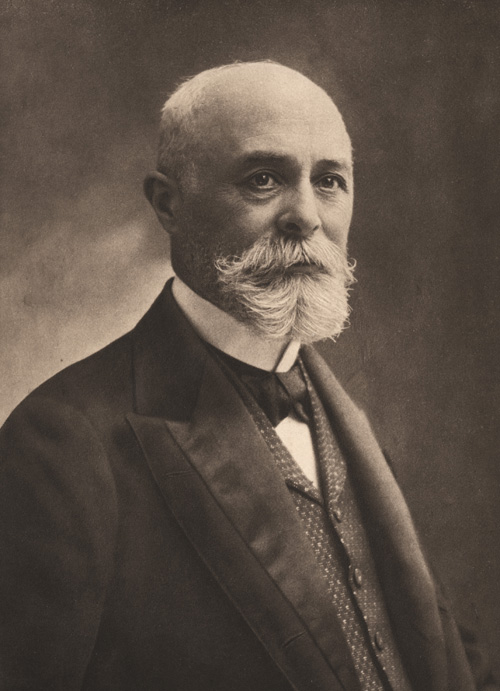The Peltzman Effect


[ BRIEF ]
In 1975 Sam Peltzman, a University of Chicago economist observed that improving car
safety caused more accidents because people took more risks when driving. Cars these
days are indeed packed with more safety features like ADAS, antilock brakes, ant skid tyres,
air bags etc cars. And yes its true we are driving faster (traffic permitting!). But has this led to
reduced accidents or fatalities?
Here are the figures from the Ministry of Road transport and Highways (the following link
which has numbers last updated till 2022, https://morth.nic.in/road-accident-in-india). Post
COVID accidents (between 2020-2022) have gone up from 3,72,181 to 461,312 (lower than
470,403 Pre covid) while fatalities have jumped from 138,383 to 168,491 (higher than pre-
covid number of 157,593 in 2018).
One can argue one should look at accidents per vehicles added but the simple point is that
despite an increase in safety measures fatalities are rising.
When one looks at various trading apps promoting friction free buying and selling of financial
products you realise that customers are taking on bigger risks as technology is increasingly
imparting a feeling of safety and being in control. Like in the case of vehicle statistics a recent
extensive analysis by The Securities and Exchange Board of India (SEBI) revealed that 70%
of individual intraday traders in the equity cash segment incurred losses in FY23. In contrast
most of these apps made record revenues.
This brings us to a rather debatable and maybe best-left-alone point. Where does the
responsibility of a manufacturer end? Post sale or is the manufacturer supposed to handhold
and tutor its consumers on the right usage? These are questions that can trigger a bigger
debate that can stretch to a hairy debate between capitalism and socialism.
We think that the financial industry has a larger responsibility as it involves money. Unlike
any other product which depreciates (like a car) investment products are assets that have
the potential to appreciate if chosen and managed correctly. Coming back to the car analogy
after all there is a basic check in place- One needs a driving license to drive a vehicle.
Admitted that it is easy to get a license nevertheless there is a stringent process. In financial
products there is no such requirement. Anyone can download an app and then start
investing with no prior knowledge or skills involved in investing.
Thus, it is hazardous to blindly mimic an ecommerce journey while building financial
journeys. For example, in our opinion introducing a “Add to Cart” option for investment
products is plain juvenile and does display a certain lack of seriousness that befits a financial
product.
Instead, one must build interesting detours in your financial digital journeys that help check
for safety and appropriateness rather than blithely ignore all this for a sale.
This is the important distinction between an asset gatherer and a fund manager we opine.




